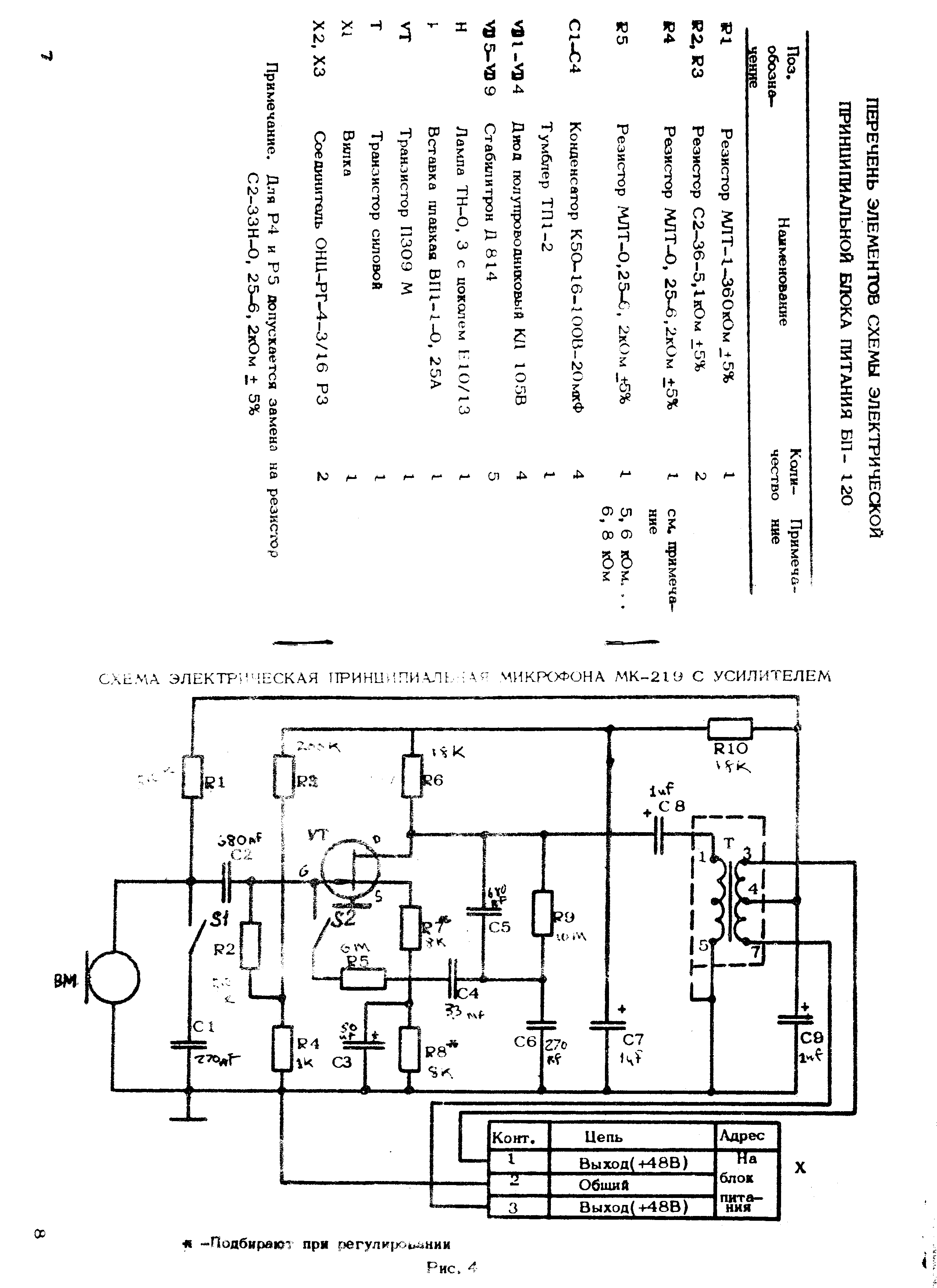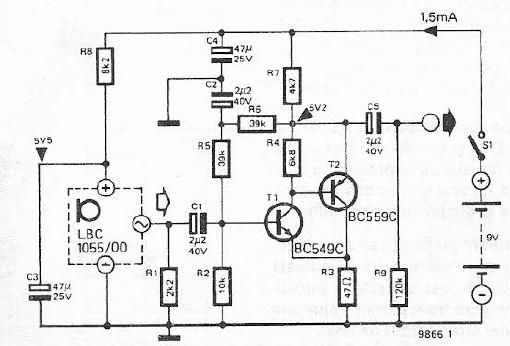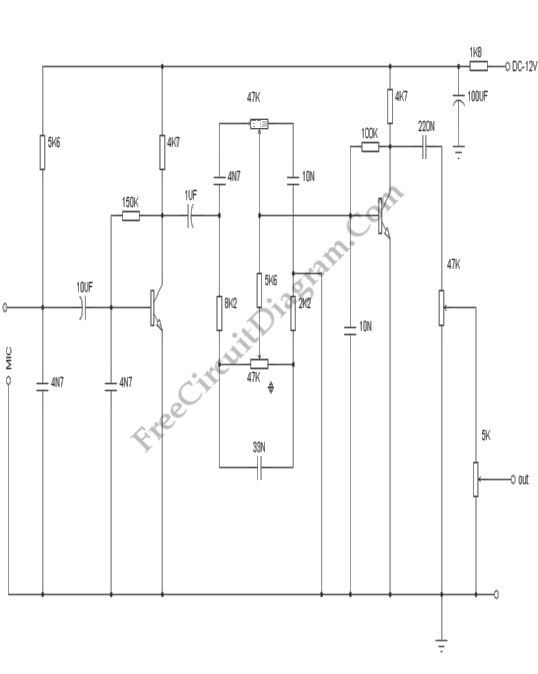
microphone Oktava MK 219

The MK-219 is a well-known large-diaphragm condenser microphone, manufactured by JSC Oktava in Tula, Russia. Since its introduction to Western markets in 1994, it has gained a reputation for providing excellent value for its price, which was initially over $500. Currently, these microphones are commonly found on eBay for prices ranging from $80 to $100. It is rumored that the large diaphragm capsule used in the MK-219 is based on an older Neumann design. Direct comparisons with the Microtech UM70, another microphone from the ex-Eastern bloc that also claims to use a Neumann capsule design, suggest that the two microphones produce remarkably similar sounds; in blind tests with vocal recordings, distinguishing between them has proven difficult. The MK-219 capsule assembly features a resonator disk that enhances the high-frequency response of the capsule (+4dB @ 10Hz). However, some modifications enthusiasts argue that this resonator may compromise impulse response accuracy and smoothness. An article by Scott Dorsey published in June 2005 in Recording Magazine discusses various modifications for the MK-219, which can be found online. The microphone's origins date back to 1989 or possibly earlier, but it was not exported until the early to mid-1990s. Images and details of early MK-219 models from around 1989 are available. As of August 2013, the MK-219 has been discontinued, although some units may still be available through distributors, as production has ceased according to Oktava.
The MK-219 large-diaphragm condenser microphone is characterized by its robust design and versatile application in various recording environments. The microphone's large diaphragm allows for a broad frequency response, making it suitable for capturing vocals and instruments with clarity and detail. The incorporation of a resonator disk within the capsule assembly is intended to enhance high-frequency performance, providing a +4dB boost at 10Hz, which can be beneficial in studio recordings where high-frequency detail is paramount.
However, the resonator's design has sparked debate among audio engineers and modification enthusiasts. While it enhances high-frequency response, some experts suggest it may introduce inaccuracies in impulse response, potentially affecting transient sound reproduction. This has led to the exploration of various modifications aimed at optimizing the microphone's performance for specific applications.
The MK-219 has been compared favorably to other microphones, particularly those utilizing similar capsule designs, such as the Microtech UM70. The sound profile of the MK-219 has been described as warm and full-bodied, making it a popular choice for vocal recordings, particularly in genres that benefit from a rich tonal quality.
In terms of construction, the MK-219 features a sturdy metal body, which contributes to its durability and reliability in professional settings. Its design also includes a standard XLR output, making it compatible with a wide range of audio interfaces and mixing consoles. The microphone's sensitivity and low self-noise level further enhance its suitability for studio recording applications.
Despite its discontinuation in 2013, the MK-219 remains a sought-after microphone for those seeking quality sound reproduction at an accessible price point. Its legacy continues through the availability of used models, and it is often regarded as a valuable addition to any recording setup.The MK-219 is a popular large-diaphragm condenser, designed and produced in JSC Oktava`s factory in Tula, Russia. Since its release (in the West) in 1994, it has had a reputation of offering a great value for the price, which at the time was over $500.
These mics regularly sell on Ebay for $80-$100 today. Rumour has it that the large diaphragm cap sule used is based on an old Neumann design and, having done direct comparisons with my Microtech UM70 (a rather more elegant ex-Eastern bloc mic also purporting to use a Neumann capsule design), I can say that the two mics sounded so similar that in a blind test with vocals, I couldn`t tell one from the other. The MK-219 capsule assembly includes a resonator disk that extends the high frequency of the capsule (+4dB @ 10Hz).
Some modders claim this resonator reduces impulse response accuracy and smoothness. Scott Dorsey`s June, 2005 article on MK-219 mods from Recording Magazine has recently been published online; see the link in the sidebar. In it, Dorsey presents the following modifications: The mic dates to 1989, and possibly earlier, although it was not exported until the early to mid 1990s.
See photos and details of early MK-219s, circa 1989. As of August, 2013, the MK-219 has been discontinued. Some inventory remains at distributors, but the microphone will no longer be produced, according to Oktava. 🔗 External reference
The MK-219 large-diaphragm condenser microphone is characterized by its robust design and versatile application in various recording environments. The microphone's large diaphragm allows for a broad frequency response, making it suitable for capturing vocals and instruments with clarity and detail. The incorporation of a resonator disk within the capsule assembly is intended to enhance high-frequency performance, providing a +4dB boost at 10Hz, which can be beneficial in studio recordings where high-frequency detail is paramount.
However, the resonator's design has sparked debate among audio engineers and modification enthusiasts. While it enhances high-frequency response, some experts suggest it may introduce inaccuracies in impulse response, potentially affecting transient sound reproduction. This has led to the exploration of various modifications aimed at optimizing the microphone's performance for specific applications.
The MK-219 has been compared favorably to other microphones, particularly those utilizing similar capsule designs, such as the Microtech UM70. The sound profile of the MK-219 has been described as warm and full-bodied, making it a popular choice for vocal recordings, particularly in genres that benefit from a rich tonal quality.
In terms of construction, the MK-219 features a sturdy metal body, which contributes to its durability and reliability in professional settings. Its design also includes a standard XLR output, making it compatible with a wide range of audio interfaces and mixing consoles. The microphone's sensitivity and low self-noise level further enhance its suitability for studio recording applications.
Despite its discontinuation in 2013, the MK-219 remains a sought-after microphone for those seeking quality sound reproduction at an accessible price point. Its legacy continues through the availability of used models, and it is often regarded as a valuable addition to any recording setup.The MK-219 is a popular large-diaphragm condenser, designed and produced in JSC Oktava`s factory in Tula, Russia. Since its release (in the West) in 1994, it has had a reputation of offering a great value for the price, which at the time was over $500.
These mics regularly sell on Ebay for $80-$100 today. Rumour has it that the large diaphragm cap sule used is based on an old Neumann design and, having done direct comparisons with my Microtech UM70 (a rather more elegant ex-Eastern bloc mic also purporting to use a Neumann capsule design), I can say that the two mics sounded so similar that in a blind test with vocals, I couldn`t tell one from the other. The MK-219 capsule assembly includes a resonator disk that extends the high frequency of the capsule (+4dB @ 10Hz).
Some modders claim this resonator reduces impulse response accuracy and smoothness. Scott Dorsey`s June, 2005 article on MK-219 mods from Recording Magazine has recently been published online; see the link in the sidebar. In it, Dorsey presents the following modifications: The mic dates to 1989, and possibly earlier, although it was not exported until the early to mid 1990s.
See photos and details of early MK-219s, circa 1989. As of August, 2013, the MK-219 has been discontinued. Some inventory remains at distributors, but the microphone will no longer be produced, according to Oktava. 🔗 External reference





